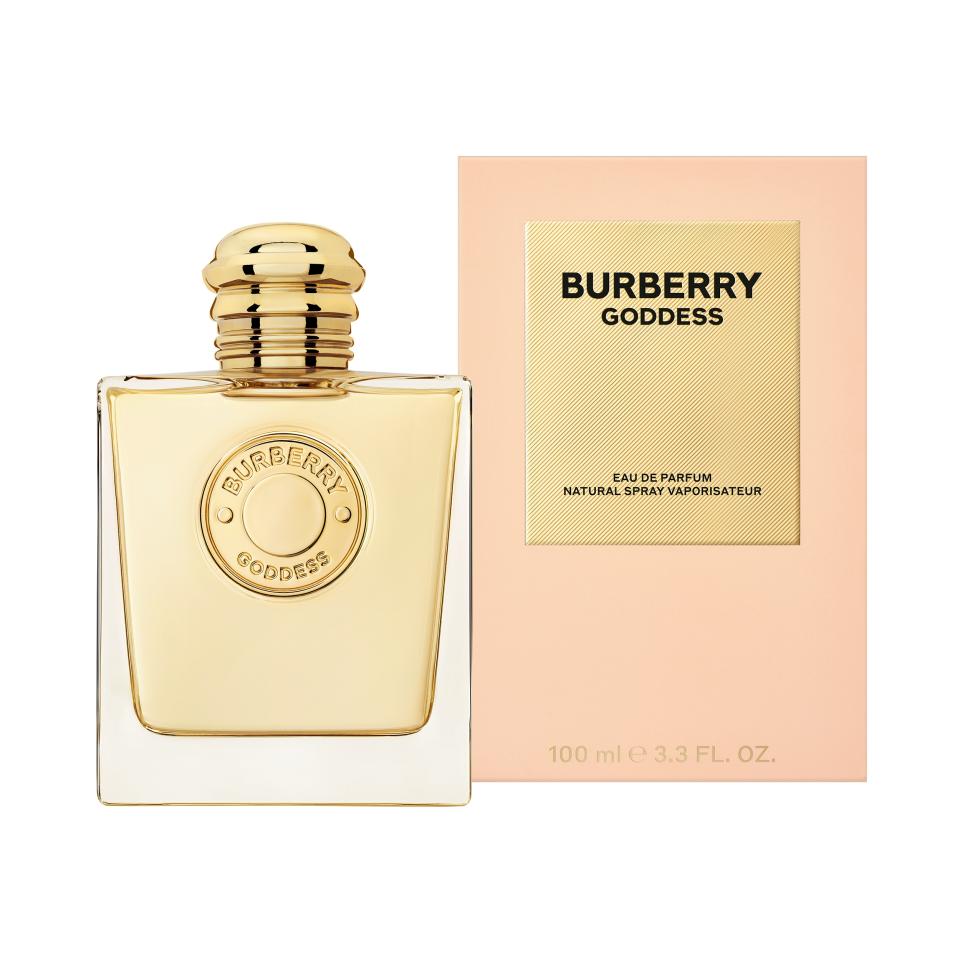Coty’s Sales Decline in Q2 Amid Weak Demand in Asia and Tight Inventory Management Despite Strong Fragrance Performance

The fragrance effect that has boosted Coty for the past year was not enough to offset a trio of weak demand in Asia, FX headwinds and a slowing mass market from weighing on sales in the second quarter.
Net revenue declined 3 percent to $1.66 billion in its fiscal second quarter ended Dec. 31, below Wall Street’s expectations for $1.71 billion. On a like-for-like basis, sales fell 1 percent.
More from WWD
Sue Nabi, Coty’s chief executive officer, said: “The pressure in pockets of our business which we discussed at length on the last earnings call, namely in China, travel retail Asia, Australia and in consumer beauty U.S., impacted us even more significantly in Q2. And in our core markets, despite a seemingly strong holiday period, where beauty performed strongly and consumers engaged with the category, this did not translate into improved replenishment orders for Coty as retailers managed their inventory very tightly.”
Nevertheless, Nabi is confident that these headwinds are temporary: “While we are prudently assuming these patterns will continue into the second half as well, the strong sell-out growth of our fragrance brands gives us confidence that these headwinds are temporary and we should return to stronger sales growth as we enter FY26.”
Consumer beauty, entailing Covergirl, Max Factor, Rimmel and more, saw net revenue drop 8 percent on the back of declines in color cosmetics and body care, which were partially offset by growth in mass fragrance.
Coty’s consumer beauty sell-out was below the broader mass beauty market due to the company’s greater exposure to the more pressured mass color cosmetics category, it said. In addition, Coty’s sell-in continued to track below sell-out driven by pressure on U.S. mass retailers due to ongoing channel shifts, tight inventory management at retailers in Australia and parts of Europe, and higher trade investments.
This fits in with reports of an overall softening in mass beauty, although the latest data from NielsenIQ showed that this has moderated to a -0.9 percent drop in sales annually.
And despite strong sell-out in Coty’s prestige fragrances like Burberry Goddess, overall prestige net revenue decreased 1 percent, impacted by broader headwinds in China and Asia travel retail, coupled with continued tight inventory management and lower than anticipated replenishment orders by retailers in the U.S., Europe and Australia.

By geography, Europe, Middle East and Africa net revenue increased 4 percent, supported by growth across several European markets, including the U.K., Ireland, Spain and Portugal, coupled with strong growth in Africa and the addition of a new export distributor.
But Americas net revenue declined 7 percent, due to softness in the color cosmetics market in the U.S. and lower body care revenue in Brazil.
Asia Pacific net revenue dropped 11 percent due to the challenging dynamics impacting the market in the Chinese mainland and the regional travel retail channel, further exacerbated by significant retailer inventory reduction.
Coty is not the only beauty company impacted by the slowdown in Asia. The Estée Lauder Cos. reported an 11 percent drop in Asia-Pacific sales in the second quarter, while L’Oréal fourth-quarter sales in North Asia fell 3.6 percent.
Coty’s adjusted net income was $98.8 million, down from $229.1 million. Adjusted earnings per share came in at 11 cents, below Wall Street estimates of 21 cents.
For the year as a whole, Coty is expecting the significant strengthening of the U.S. dollar to drive a more material FX headwind, resulting in sales declining in the low-single-digits percentage.
“The beauty market has changed significantly since we first laid out our strategy and ambitions over 3 years ago,” continued Nabi. “From a category perspective, fragrances have accelerated significantly supported by structural consumer behavior shifts, while color cosmetics is challenged by evolving channel preferences and new business models. At a market level, China is no longer a key short-term growth driver for beauty, while the U.S. market remains very dynamic. With this backdrop, FY25 is shaping up to be a pivotal year for Coty, as we evaluate our operations to fuel Coty’s long-term success.”
As for the prospect of more tariffs under President Donald Trump, Coty is monitoring the situation, which Nabi called “fluid.”
Trump imposed 10 percent tariffs on Chinese imports this month. He also set 25 percent tariffs for Canada and Mexico, only to quickly announce that those were on pause.
“Our teams have been planning for a number of very different scenarios with both short- and long-term potential action plans to minimize any kind of impact for the company,”said Nabi. “Our sourcing from a country like China, a country like Canada or a country like Mexico into the U.S. is really, really minimal and our sales in Canada and Mexico are quite small as well.”
Best of WWD
Sign up for WWD's Newsletter. For the latest news, follow us on Facebook, Twitter, and Instagram.


